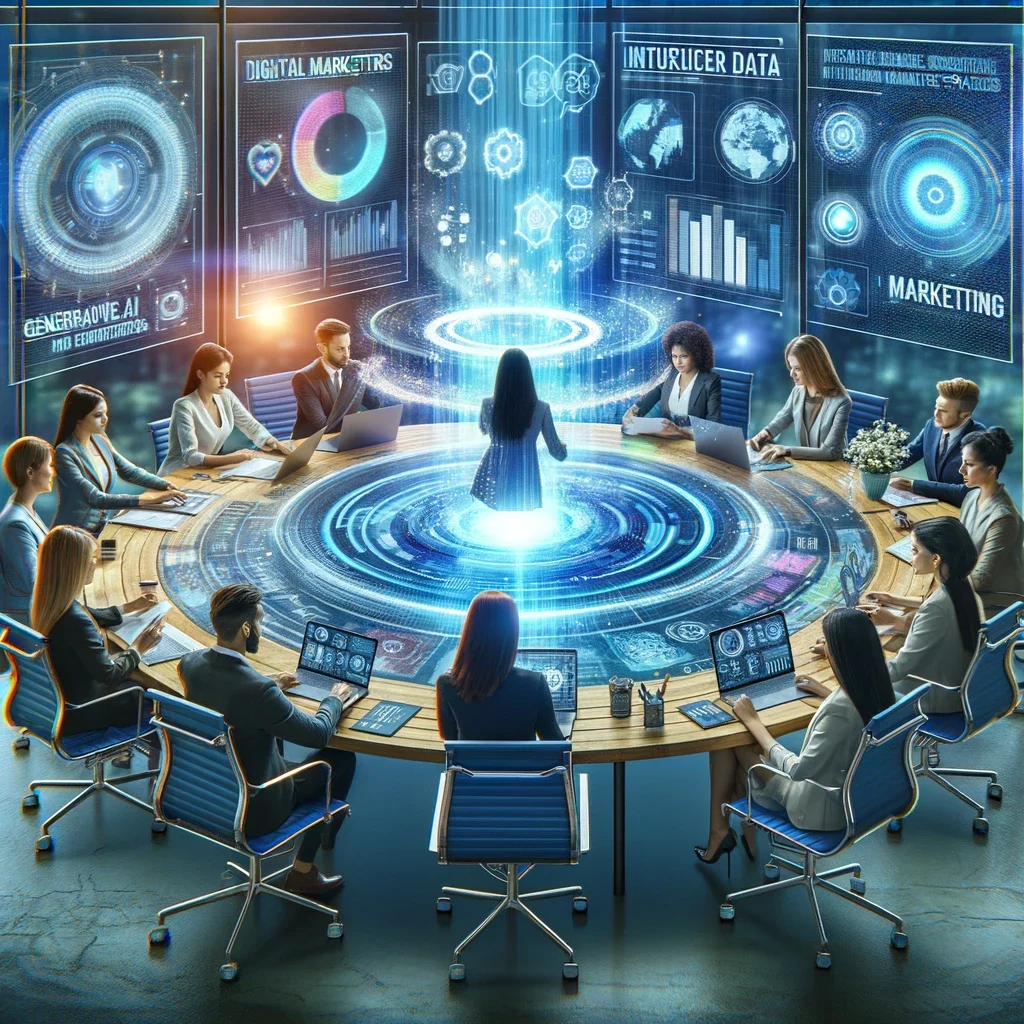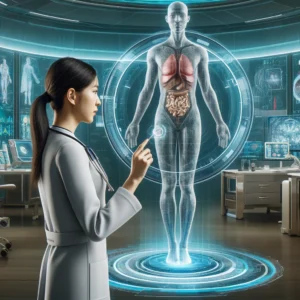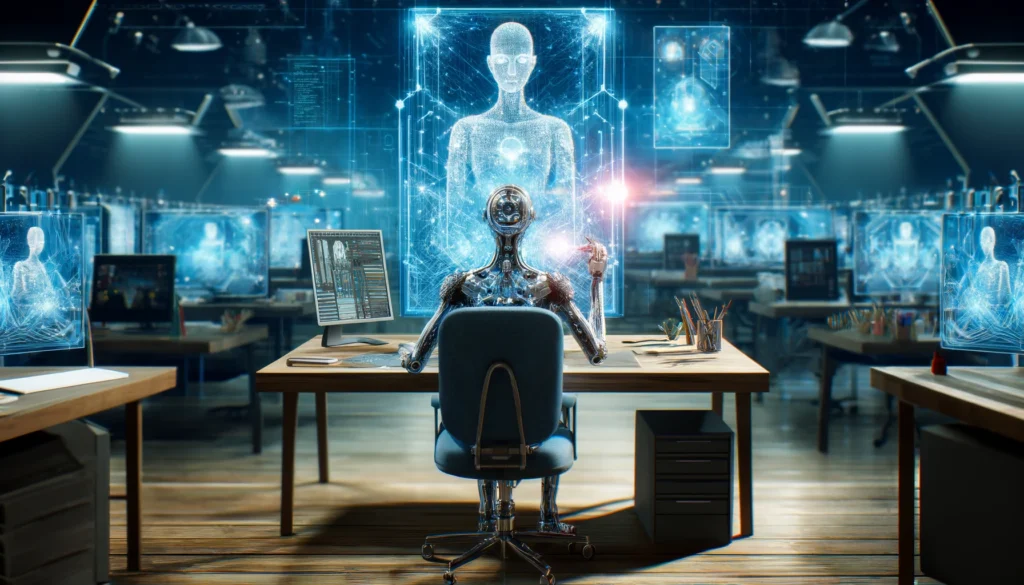Generative AI: Transforming Technology and Society
Introduction
Generative Artificial Intelligence (AI) has rapidly evolved from theoretical concepts to one of the most transformative technologies of the 21st century. This branch of AI focuses on creating content — from text and images to music and code — through learning from vast datasets. As we venture deeper into the AI era, understanding its evolution, current applications, and future prospects is crucial for grasping its potential impacts on various sectors.

The Evolution of Generative AI
The concept of AI that can generate new content emerged with early neural networks, but the real breakthrough came with the development of more complex models like Generative Adversarial Networks (GANs) in 2014 and later, Transformer models like GPT (Generative Pre-trained Transformer) and BERT (Bidirectional Encoder Representations from Transformers). These models marked significant advancements due to their ability to handle and generate human-like text, realistic images, and other forms of media.
Initially, generative AI applications were somewhat limited and often gimmicky, used primarily in academic and technology demonstrations. However, as the technology matured, its potential for practical and commercial use became evident. Today, generative AI is at the forefront of innovation, powered by increases in computational power and the availability of large datasets.
Current Applications of Generative AI
Generative AI has found applications across a diverse range of fields:

Creative Arts
In the creative arts, AI is used to generate music, literature, and visual arts. Tools like DALL-E and OpenAI’s Jukebox can create images and music that are difficult to distinguish from those created by humans, offering artists new tools for expression and creativity.

Business and Marketing
Businesses use generative AI to create personalized content for marketing campaigns, generate reports, and even develop product designs. AI-driven customization helps companies offer unique experiences to their customers, enhancing engagement and satisfaction.

Healthcare
In healthcare, generative models help simulate patient data for training purposes, generate 3D models for surgical planning, and even create synthetic biological structures. This technology could revolutionize medical training and personalized medicine by providing accurate and tailored patient simulations.

Software Development
AI-assisted programming tools such as GitHub Copilot use generative models to suggest code completions and even generate entire functions, significantly speeding up the software development process and reducing the potential for human error.
Future Prospects of Generative AI
The future of generative AI holds immense potential, with expectations for its continued integration into everyday life and its expansion into new domains.
Enhanced Personalization
As AI models become more sophisticated, the level of personalization they can offer will reach unprecedented levels. From personalized education programs that adapt to a student’s learning style and pace, to AI-curated entertainment that matches individual tastes perfectly, the possibilities are extensive.
Automation of More Complex Tasks
While current AI can automate relatively straightforward tasks, future generative AI could take on more complex and creative tasks, such as drafting legal agreements, designing complex machinery, or managing city-wide infrastructure projects.
Ethical Considerations and Regulations
As AI capabilities grow, so do the ethical implications. Issues like data privacy, intellectual property rights, and the potential for misuse must be addressed. Regulating AI development and deployment to ensure it is used responsibly will be a critical challenge for policymakers.
Collaborative AI
Future generative AI systems are likely to be more collaborative, working alongside humans rather than simply serving as tools. This could lead to new forms of collaboration between humans and machines, potentially leading to breakthroughs in scientific research, medicine, and other knowledge-intensive fields.
Conclusion
Generative AI continues to evolve, blurring the lines between what is possible with human effort and machine intervention. As this technology progresses, it promises to reshape industries, redefine creativity, and alter how we interact with the digital world. The journey of generative AI is far from over; it is just beginning, and its trajectory suggests a future rich with innovation and transformative potential. As we look forward to these developments, it is crucial to foster a dialogue about the ethical dimensions of AI to ensure it benefits all of humanity.

